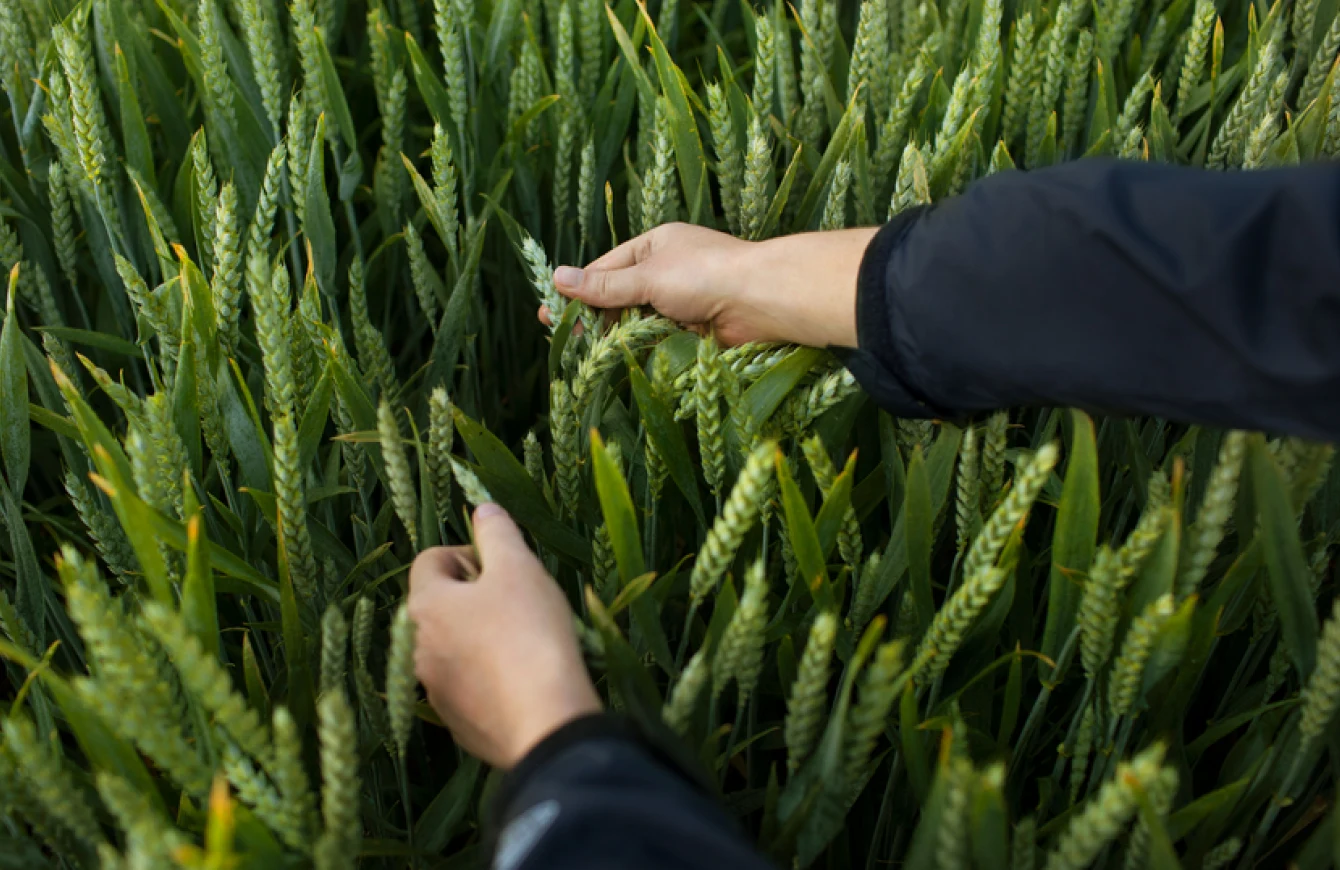
Key weeds
At Bayer we offer solutions that have proven efficacy against key weeds that appear in UK wheat and barley crops, as well as advice on best practice to identify and manage the weed situation in your field.
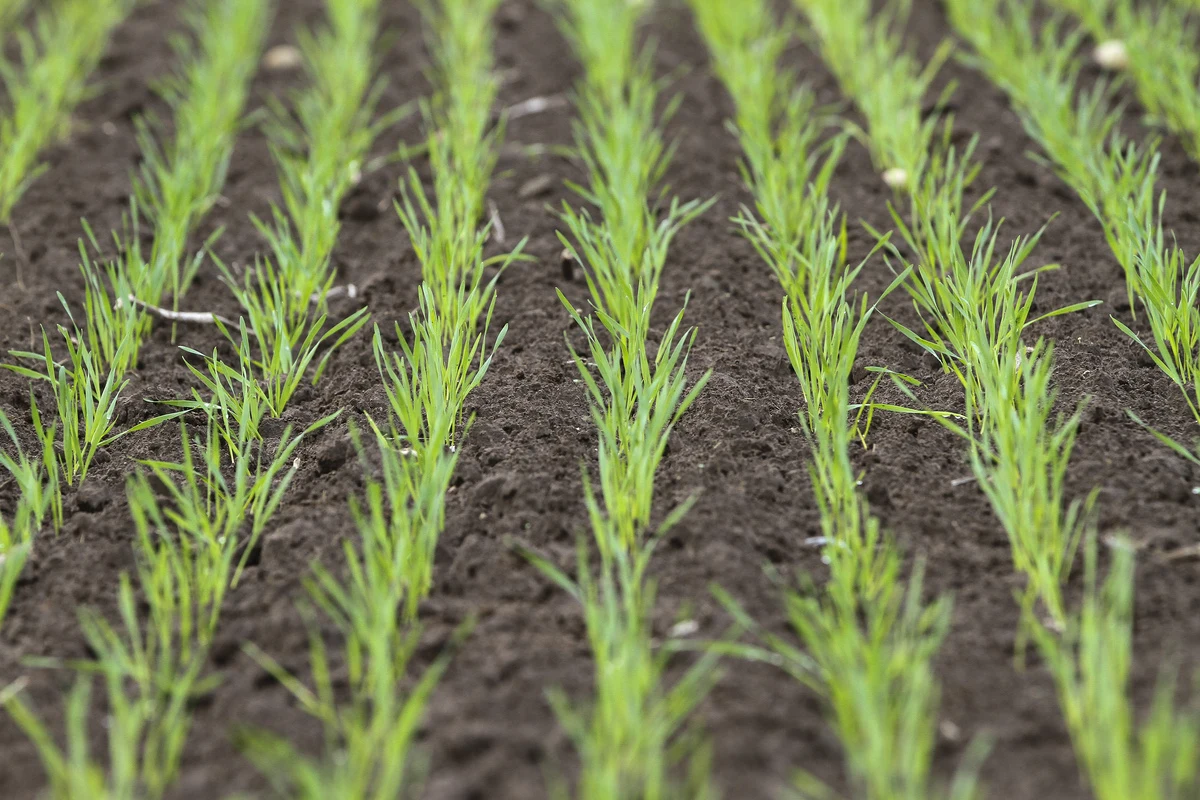
Decisions about cropping, cultivation and establishment have a huge influence on the type and degree of weed pressure seen on farm. The specific weed problem can change but the fundamental principles remain the same. Cultural controls aim to reduce the amount of weed seed available to germinate in the crop, while herbicides tidy up anything that does emerge.
The farm needs to have the time and tools available to put cultural controls into action and be prepared for the attendant risks of drilling in late October or sacrificing margin for weed control. Herbicides need careful handling as the list of herbicides affected by resistance is long and growing, but there are ways to greatly reduce the development of resistance which should be used with all actives to ensure they are effective in the long-term.

At Bayer we offer solutions that have proven efficacy against key weeds that appear in UK wheat and barley crops, as well as advice on best practice to identify and manage the weed situation in your field.
Black-grass
Brome species
Italian ryegrass
Wild oats
Annual meadow-grass
Black-grass
Brome species
Italian ryegrass
Wild oats
Annual meadow-grass
Delayed drilling of winter wheat into October is currently the baseline cultural control for black-grass and ryegrass problems. But in higher rainfall areas, the risk of wet ground and poor establishment may mean farmers sacrifice this option to be sure they get a crop in. Likewise, post-em herbicides have declined in popularity because of perceived resistance, but against ryegrass it appears that the perception of resistance is greater than the actual frequency.
Attention to detail is essential; resistance testing, mapping and monitoring control are essential tools to understand which chemical and cultural controls are worth the time and effort. Bayer supports farmers’ efforts with regular resistance testing to monitor national herbicide performance, together with herbicide trials, digital tools and guidance to help farmers’ weed control.
Best broad spectrum grass-weed control with three modes of action.
Liberator contains flufenacet and diflufenican. Proclus contains aclonifen. Liberator and Proclus are registered Trade Marks of Bayer. Use plant protection products safely. Always read the label and product information before use. © Bayer CropScience Limited 2023


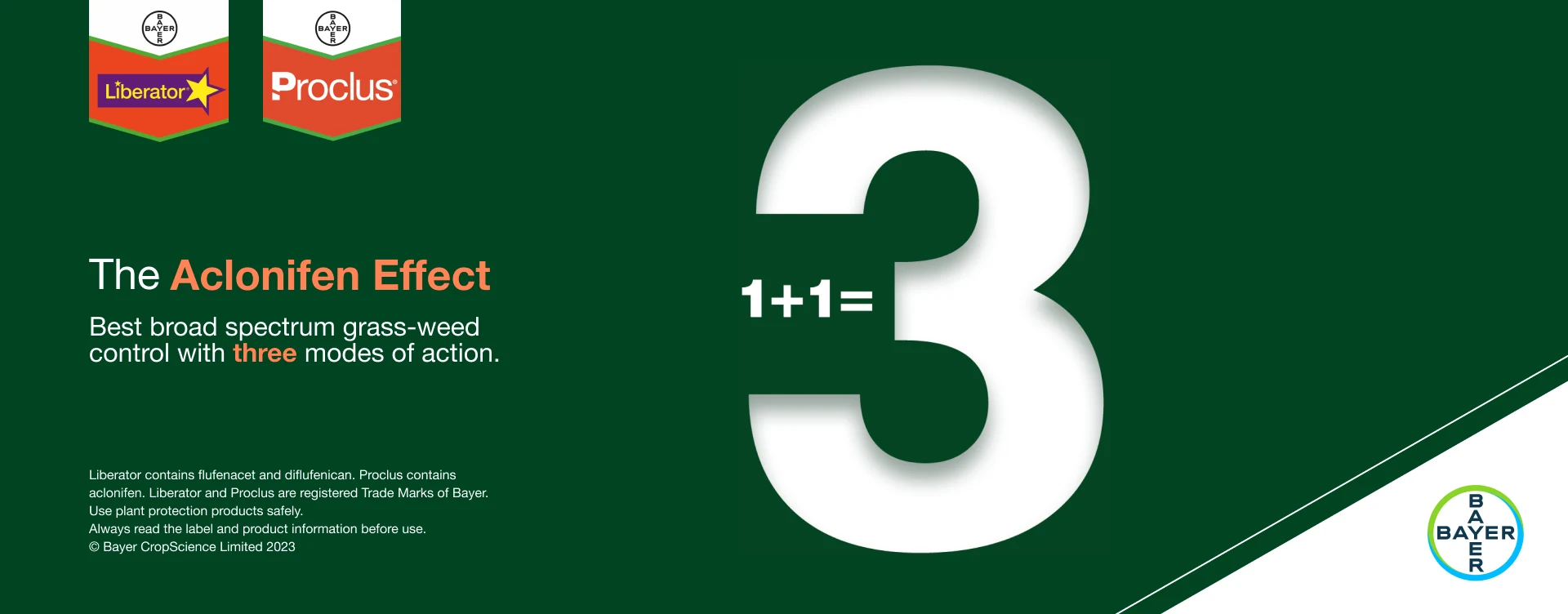


Liberator is the first step to effective grass-weed and broad-leaved weed control in winter wheat, winter barley, spring wheat and spring barley.
When used as a pre-emergence herbicide, Liberator typically provides up to 80% of control of black-grass, greatly depleting the weed burden and optimising the effectiveness of post-emergence herbicides.
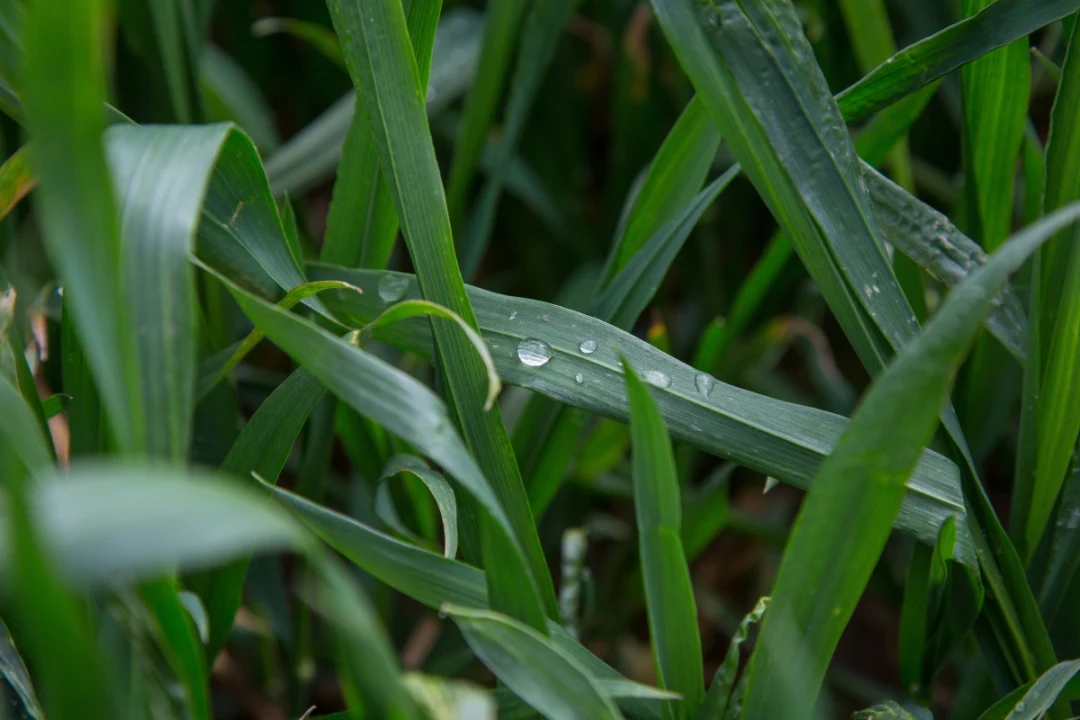
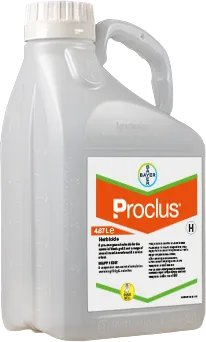
Proclus is an exciting step forward for pre-emergence control of black-grass in winter wheat and winter barley.
Based on the active aclonifen, Proclus is only available as part of a co-pack with Liberator (flufenacet + diflufenican) for farmers and spray operators to tank-mix themselves.